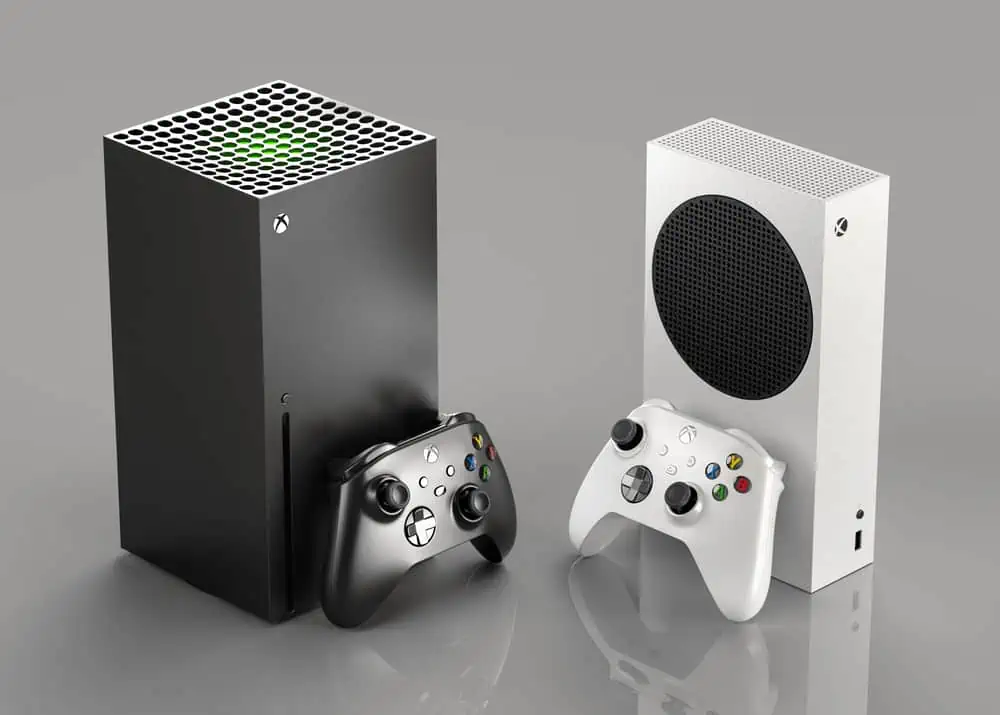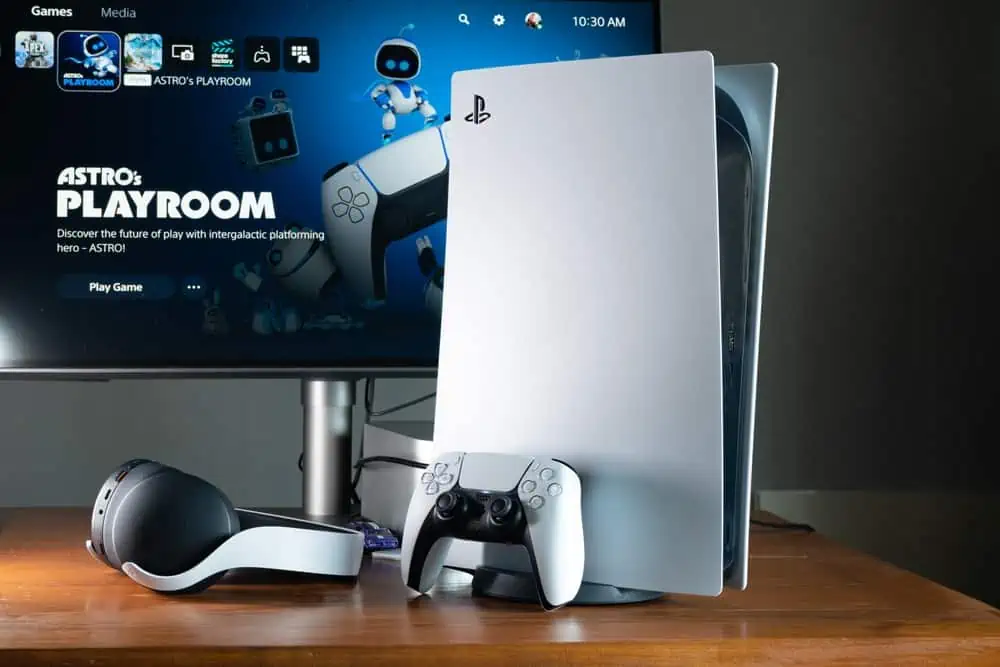Are you facing the frustrating challenge of your Nintendo Switch refusing to connect to the internet? If this issue has left you seeking answers, you’ve come to the right place.
Reasons Your Nintendo Switch Refuses to Connect to the Internet
There could be various reasons why a Nintendo Switch may encounter difficulties connecting to the internet. It’s important to consider both hardware and software factors that could contribute to this issue.
Some potential reasons include;
1. Network Configuration Issues
Network configuration problems can pertain to errors in settings like IP addresses and subnet masks within the local network. Moreover, misconfiguration in your Switch’s network settings causes this issue.
Specifically, when these parameters are inaccurately configured, the Switch encounters difficulties in establishing a proper connection. This can lead to a breakdown in its ability to access the internet.
Precise configuration is crucial for seamless communication between the device and the network. Thus, any misconfigurations can disrupt this harmony, necessitating a careful examination and adjustment of network settings.
2. Router or Modem Problems
The router and modem serve as critical components within the local network infrastructure. Problems with these devices, such as hardware malfunctions, can have a cascading effect on the Nintendo Switch’s ability to connect to the internet.
These issues may manifest as unstable connectivity problems or a complete failure to establish a connection.
3. Wireless Interference
Wireless interference poses a significant challenge to the Nintendo Switch’s connectivity. This interference can come from various sources, including other electronic devices, competing Wi-Fi signals, or physical obstacles in the environment.
Such disruptions disrupt the stability of the wireless connection. Thus, it creates a scenario where the Nintendo Switch struggles to maintain a consistent link to the internet.
4. Issues With Nintendo Switch Online Service
Issues with Nintendo Switch online services can significantly contribute to connectivity problems. Hence, if there are disruptions with Nintendo’s online servers, users may experience difficulties connecting their Switch to the internet.
Moreover, online service issues can manifest in various ways, including server outages, maintenance periods, or technical glitches. During these occurrences, the Nintendo Switch may struggle to establish a connection.
Users might encounter error messages, be unable to access online multiplayer features or face challenges downloading updates.
5. Software Glitches
The Nintendo Switch’s operating system and firmware form the backbone of its functionality. However, like any software, these components are prone to glitches or bugs that can hinder the device’s ability to connect to the internet.
These glitches may arise from various sources, including software updates, compatibility issues, or unforeseen errors in the code.
What to Do When Your Switch Fails to Connect to the Internet
When your Nintendo Switch fails to connect to the internet, there are several troubleshooting steps you can take to identify and resolve the issue. Here’s a guide on things to do.
1. Restart the Nintendo Switch and Reduce Interference
A simple restart can often resolve temporary glitches. Power off the Nintendo Switch and then power it back on to refresh the system.
This helps clear any potential software hiccups that might be hindering the device’s connectivity.
After restarting your Nintendo Switch, minimize interference that might disrupt the wireless connection. A clear and interference-free environment is essential for the Nintendo Switch to maintain a stable and consistent internet connection.
2. Check Network Settings and Router
Go to “System Settings” on the Switch, select “Internet,” and review the Wi-Fi network settings. Ensure the correct SSID, password, and security type are entered.
Furthermore, verify DHCP settings or manually set the IP configuration if needed. Accurate network settings are crucial for establishing a stable connection between the Nintendo Switch and the Wi-Fi network.
Similarly, confirm the proper functioning of your router by restarting it to refresh settings. Also, check for MAC address filtering, ensuring the Switch’s MAC address is allowed.
Additionally, verify that the router firmware is up to date, as outdated firmware can contribute to connectivity problems.
3. Check Nintendo Switch Online Server Status
Visit the official Nintendo support website to check if there are any reported issues or maintenance with Nintendo’s online servers. Server-related problems, such as outages or maintenance periods, can temporarily hinder the Switch’s ability to connect to the internet.
4. Update System Software
Regularly updating your Nintendo Switch’s system software is crucial for maintaining optimal performance and addressing potential connectivity issues. Nintendo periodically releases software updates that include bug fixes, improvements, and new features.
To check for updates, navigate to the “System Settings” on your Switch, select “System,” and choose “System Update.”
These updates may enhance the console’s ability to connect to Wi-Fi networks, resolve compatibility issues, and improve overall system stability. Thus, ensuring that your Switch has the latest firmware helps to reduce potential software-related glitches that could hinder its internet connectivity.
5. Contact Nintendo Support or Perform a Factory Reset
If the issue persists, reaching out to Nintendo customer support is advisable. They can provide personalized assistance and guidance based on your specific situation.
Also, they can help to identify and address any underlying problems affecting your Nintendo Switch’s internet connectivity.
As a last resort, consider a factory reset to revert the Nintendo Switch to its default settings. However, you need to be cautious, as this action erases personal data.
Therefore, use this option only when other troubleshooting steps have failed, and make sure to back up essential data beforehand.
Frequently Asked Questions
Yes, many Switch games offer offline modes. However, online features, updates, and multiplayer require an internet connection.
Navigate to “System Settings,” select “System,” and choose “System Update.” Ensure your Switch is connected to the internet for the latest updates.
Nintendo Switch Online is a subscription service that provides access to online multiplayer, cloud saves, and classic NES/SNES games. Furthermore, it is required for online play in many games.
Start by restarting your device, reviewing network settings, checking the router, and ensuring there are no service outages. You can also refer to the official Nintendo support for step-by-step guidance.
The Nintendo Switch is a video game console that was released worldwide on March 3, 2017.
Conclusion
In wrapping up this exploration, it’s clear that this issue can stem from various sources. From checking your Wi-Fi settings to ensuring your system software is up to date, the journey to a solution involves a bit of troubleshooting.
It’s a reminder that in the world of technology, hiccups happen. However, with patience and a step-by-step approach, most problems can be resolved.
Ultimately, with a bit of patience and these steps, you can get your Switch back online for smooth gaming.
We trust that you’ve found this article useful. If you have, we welcome your thoughts; feel free to share them by leaving a comment below.
Alternatively, you can respond to the “Was this page helpful?” question below.
If you’re interested in more articles covering similar topics, browse through our Technology Explained page.



